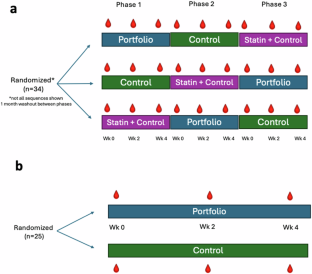2025-04-30 ヒューストン大学(UH)
<関連情報>
- https://uh.edu/news-events/stories/2025/april/04302025-heroin-brain-study.php
- https://www.science.org/doi/10.1126/sciadv.ads6841
教師あり学習と教師なし学習により、アストロサイトの構造可塑性におけるヘロイン誘発性の障害が明らかになる Supervised and unsupervised learning reveal heroin-induced impairments in astrocyte structural plasticity
Michela Marini, Yabo Niu, Heng Zhao, Anish Mohan, […] , and Demetrio Labate
Science Advances Published:30 Apr 2025
DOI:https://doi.org/10.1126/sciadv.ads6841

Abstract
Astrocytes regulate synaptic activity across large brain territories via their complex, interconnected morphology. Emerging evidence supports the involvement of astrocytes in shaping relapse to opioid use through morphological rearrangements in the nucleus accumbens (NAc). However, a comprehensive assessment of astrocyte structural diversity within and between NAc subdivisions is lacking because of limitations in existing methodologies to quantify meaningful alterations in astrocyte structure. We developed a methodological pipeline that integrates supervised and unsupervised learning techniques to rigorously quantify astrocyte morphological features and spatial organization across the brain, leveraging expression of cytoskeletal markers. Application of this pipeline reveals that morphological characteristics of individual astrocytes predict their location within the NAc. Our analysis also indicates that after heroin use, astrocyte structural plasticity is impaired in portions of the NAc associated with the extinction of conditioned responses and is uniquely engaged in the dorsomedial portion of the NAc shell, an undercharacterized subdivision of the structure.


